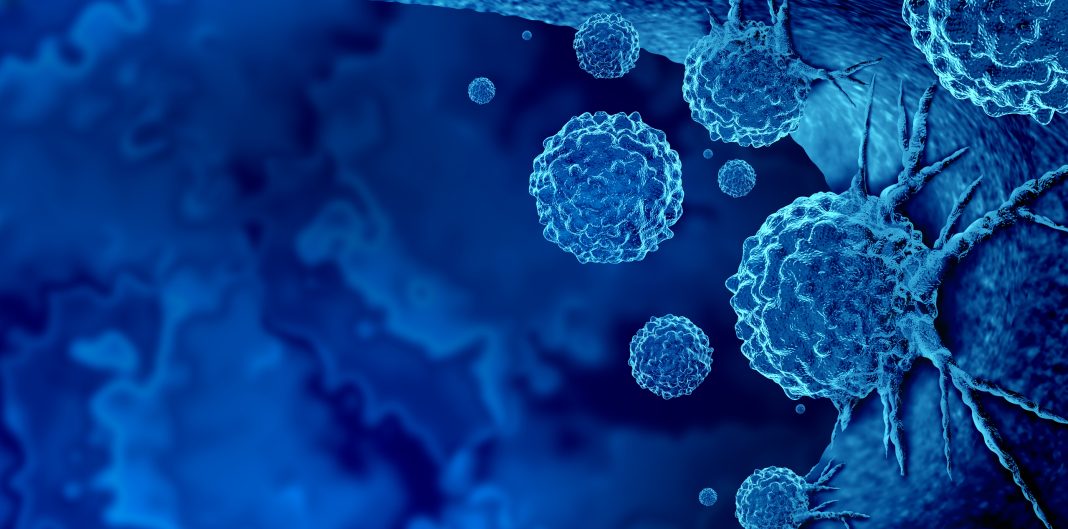The loss of apoptotic control allows cancer cells to survive longer and gives more time for the accumulation of mutations which can increase invasiveness during tumor progression, stimulate angiogenesis, deregulate cell proliferation, and interfere with differentiation. Researchers devised a new approach to treat cancer without any obvious side effects to normal cells. This study in mice used a plasma treatment to induce apoptosis.
The findings are published in the journal Physics of Plasmas in a paper titled, “On the dose of plasma medicine: Plasma-activated medium (PAM) and its effect on cell viability.”
“Plasma-activated medium (PAM) has a broad prospect in the medical field,” wrote the researchers. “However, how to define the plasma dose of PAM and what is the dose-response relationship of PAM on cells are still open questions of plasma medicine. In this paper, the plasma dose of PAM based on equivalent total oxidation potential (ETOP) is introduced, and the S-logistic model is used to describe the relationship between PAM dose and the corresponding lethal effects of cells.”
The goal of plasma medicine is to exploit a differentiated interaction of specific plasma components with specific elements or functionalities of living cells to control and, ideally, normalize therapeutic effects. One critical constraint on the path from the laboratory bench to bedside is the dose-response relationships of plasma on biological objects.
“Therefore, the determination of plasma dose is of critical biological importance for plasma’s clinical application,” said Lu. “For future plasma therapies, such as cancer treatment, our results suggest ETOP may be a well-defined strategy to evaluate its effects, because it provides the basis for significant lethality differences between normal and cancer cells.”
A plasma dose should be representative of the plasma’s contribution to the biological effect. In clinical pharmacology, this dose is most commonly measured by compounds in medicine for therapeutic purposes.
Although a broad spectrum of biological effects of plasma has been found and most distinctive plasma agents have been detected, two questions remain: How are these elements integrated into the plasma dose and how can we study the plasma dose-effect relationship?
ETOP is a preliminary attempt to answer these questions. Although it was already validated by a previous study done by the same team of researchers, whether ETOP is applicable for PAM was unclear. They noted the applicability of ETOP or PAM, as well as corresponding plasma dose-response relationships, should be further studied.
“To our surprise, through data analysis, a good fit between experimental data and ETOP was found,” said Lu. “This suggests ETOP as a plasma dose is also suitable for PAM. We also found ETOP can be used to maximize the lethality difference between normal/cancer cells. Further validation by the published literature again indicates ETOP may provide a well-defined strategy to evaluate the selectivity of PAM treatment on different cell types.”


